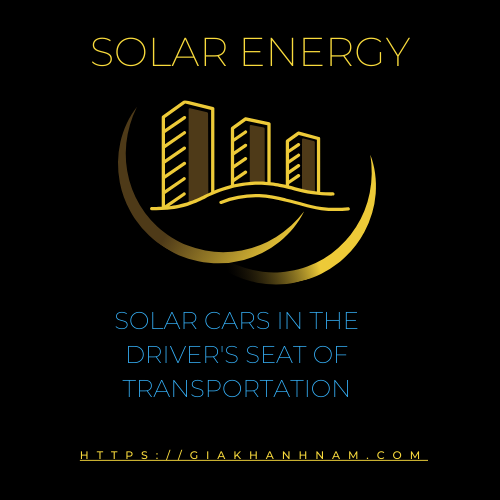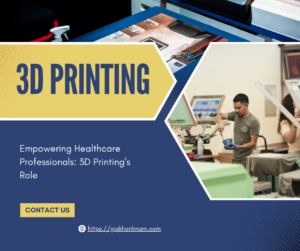In the evolving narrative of sustainable living, solar energy emerges as a key player in reshaping the transportation sector. This article delves into how solar energy is driving the future of transportation, offering innovative, eco-friendly solutions that promise to revolutionize the way we move.
Harnessing the Sun: A New Era of Mobility
The integration of solar energy into transportation marks the beginning of a new era. Solar energy, with its limitless potential and zero-emission profile, is perfectly poised to replace traditional fossil fuels. Vehicles powered by solar energy, from personal cars to public buses, are already demonstrating the feasibility of this clean energy source in daily commutes and long-distance travel.
Technological Advancements in Solar Transportation
The leap into solar-driven transportation is fueled by rapid technological advancements. Innovations in photovoltaic technology have led to more efficient and durable solar cells. Breakthroughs in battery storage capacities allow vehicles to store and use solar energy more effectively, extending their range and reliability. These advancements are crucial in making solar-powered transportation a viable alternative.
Environmental Impact and Sustainability
The environmental benefits of solar-powered transportation are profound. By significantly reducing greenhouse gas emissions, solar vehicles contribute to combating climate change. Additionally, the shift from fossil fuels to solar energy reduces air pollution, improving overall air quality and public health.
Economic Implications for Consumers and Industries
The shift towards solar energy in transportation also brings economic advantages. For consumers, solar vehicles offer lower running costs compared to traditional fuel-powered vehicles. For industries, this shift opens up new markets in the manufacturing and servicing of solar-powered vehicles and infrastructure, creating jobs and stimulating economic growth.
Challenges and the Road Ahead
Despite the promise, the road to a fully solar-driven transportation system faces challenges. The current infrastructure for solar energy in transportation is still in its infancy, requiring significant investment and development. Additionally, the efficiency and performance of solar vehicles in varying climates and conditions is an area of ongoing research.
Global Adoption and Policy Support
Global adoption of solar energy in transportation is gaining momentum. Countries with high solar potential are leading the charge, showcasing the practicality of solar transportation. Supportive government policies, incentives for solar vehicle purchase, and investment in research are critical in accelerating this transition.
Expanding Solar Energy Infrastructure
The expansion of solar energy infrastructure is pivotal for the widespread adoption of solar-driven transportation. This involves not only the development of more efficient and robust solar panels but also the establishment of extensive solar charging networks. Such infrastructures are vital for ensuring that solar vehicles are as convenient and reliable as their fossil fuel counterparts.
The Role of Public and Private Partnerships
The collaboration between public entities and private companies is instrumental in advancing solar transportation. Government initiatives can provide the necessary policy framework and financial support, while private enterprises bring innovation and efficiency to the table. These partnerships are key in driving research, development, and the commercialization of solar transportation technologies.
Educating and Involving the Community
Community involvement and education are essential for the successful transition to solar-powered transportation. Public awareness campaigns and educational programs can inform consumers about the benefits of solar energy and how to effectively utilize solar-powered vehicles. Community-driven projects, like local solar vehicle challenges and showcases, can also play a role in popularizing this technology.
Adapting to Diverse Geographical Needs
The adaptation of solar transportation to diverse geographical and climatic conditions is crucial. Research and development efforts need to focus on making solar vehicles suitable for various environments, from sunny deserts to cloudy regions. This adaptability will ensure that solar transportation is a viable option for people around the world.
Innovating Beyond Vehicles
Innovation in solar transportation is not limited to vehicles alone. There is immense potential in integrating solar energy into broader transportation infrastructure, such as solar-powered roads and highways that can charge vehicles as they travel. These innovations could further revolutionize the concept of sustainable transportation.
Conclusion: A Journey Towards Cleaner Skies and Roads
The transition to solar-powered transportation is a journey filled with challenges but also abounding with opportunities. It represents a significant step towards reducing our carbon footprint and achieving a sustainable future. As we continue to innovate and embrace solar energy, we pave the way for cleaner skies and roads, ensuring a healthier planet for generations to come.






















+ There are no comments
Add yours